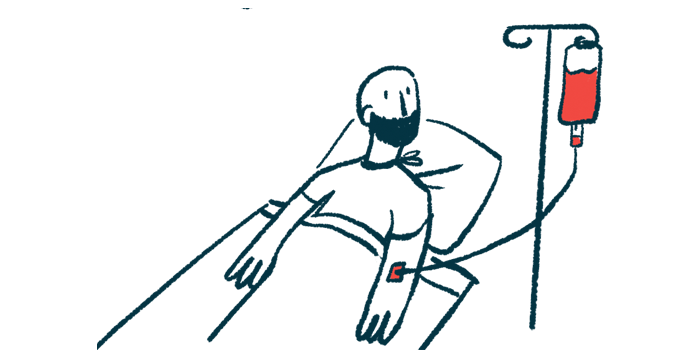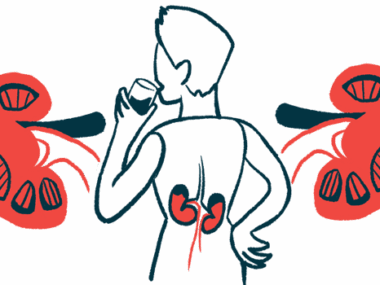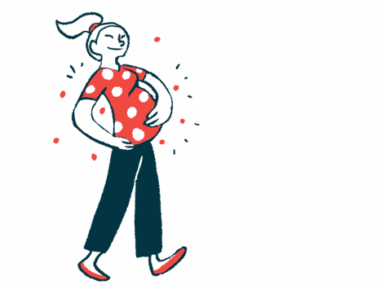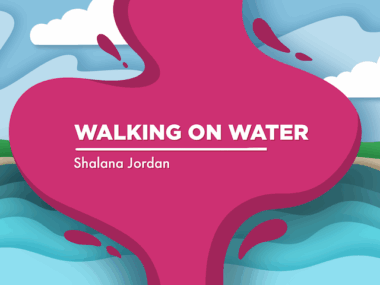Plasma exchange therapy, Soliris manage aHUS in boy: Report
10-year-old's condition stable at follow-up after 10 months, doctors say
Written by |

Plasma exchange therapy followed by treatment with Soliris (eculizumab) was effective at managing atypical hemolytic uremic syndrome (aHUS) in a boy in China.
The case was described in the report, “Plasma exchange combined with eculizumab in the management of atypical hemolytic uremic in pediatric patients: A case report,” which was published in Medicine.
aHUS is a rare disorder in which part of the immune system called the complement cascade becomes abnormally activated, leading to the formation of blood clots in small blood vessels that can restrict or block blood flow to internal organs, causing damage.
Soliris is a widely approved aHUS treatment that works by blocking the activation of the complement cascade. Plasma exchange aims to replace a patient’s plasma, the non-cellular part of blood, to remove components of the complement cascade that are driving the disease.
Plasma exchange has historically been a key tool for managing aHUS. While complement-blocking therapies like Soliris are now generally regarded as the best available treatment, plasma exchange may still be given, especially if these medications aren’t immediately accessible.
3-month treatment results in success
The researchers in China described the case of a 10-year-old boy who was brought to their hospital with symptoms that included weakness, paleness, and jaundice (yellowing of the skin and eyes).
Tests revealed that the boy had hemolytic anemia (low red blood cell counts driven by the destruction of these cells), thrombocytopenia (a low number of platelets, which are cell fragments involved in clotting), and signs of kidney damage. The triad of hemolytic anemia, thrombocytopenia, and kidney damage are a telltale characteristic of aHUS.
When the boy was diagnosed with aHUS in early 2023, Soliris had only been approved in China for a couple of months. The boy initially underwent three rounds of treatment with plasma exchange. Then, once Soliris was available, he started treatment with the therapy according to standard protocols for three months.
After a few months on Soliris, his condition stabilized and lab tests showed resolution of hemolytic anemia and thrombocytopenia, as well as normal kidney function. The boy has shown no further signs of aHUS-related medical problems for nearly a year after stopping Soliris.
“The patient successfully completed a 3-month treatment regimen with [Soliris] and has been followed up for an additional 10 months without any recurrence of the condition, demonstrating favorable treatment outcomes,” the researchers wrote, noting that the report shows it’s possible for children with aHUS given both plasma exchange and Soliris to achieve favorable outcomes.
Soliris is sold by Alexion, AstraZeneca Rare Disease, which was not involved with the study.






